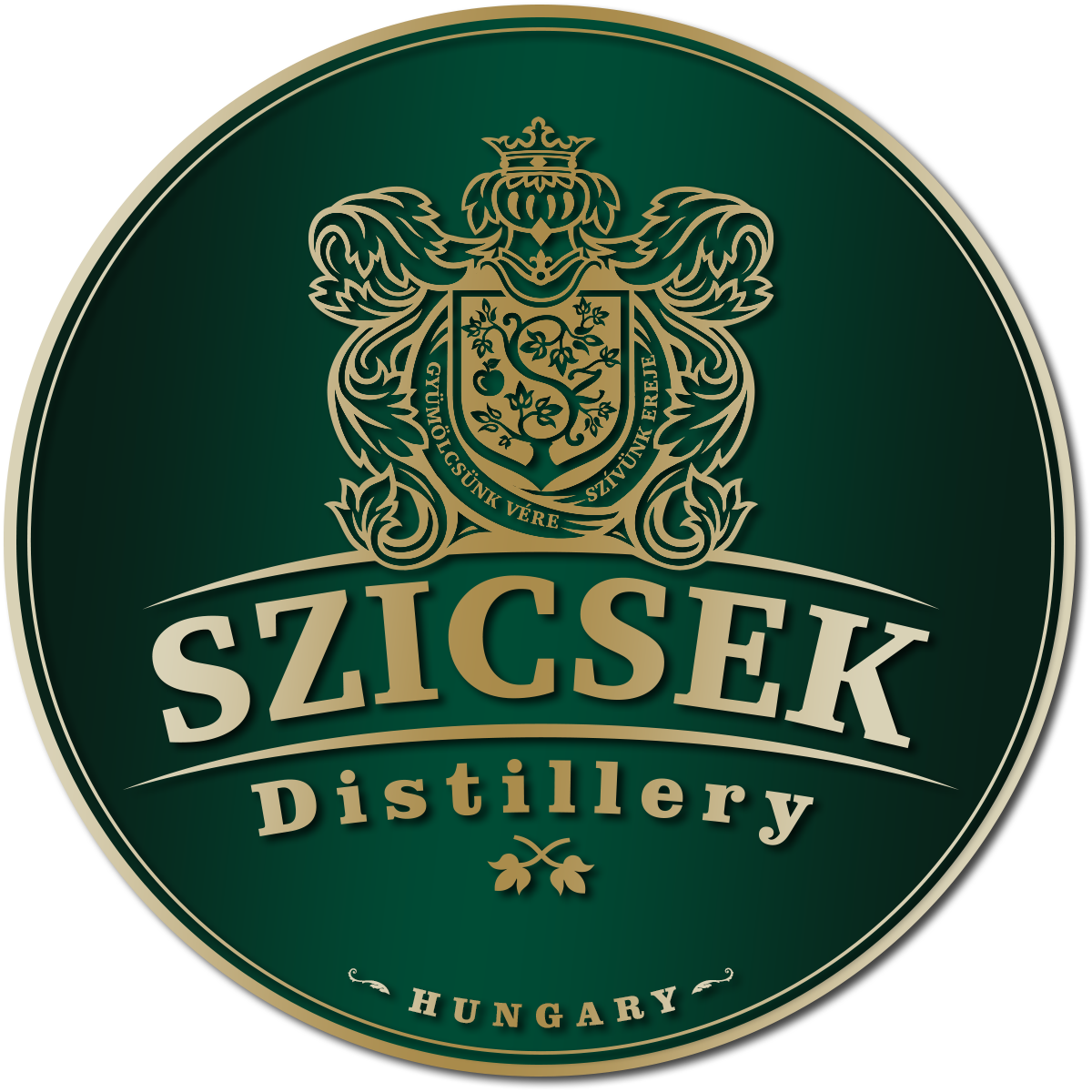Description
Premium Elderberry Palinka:
You may not believe it, but it’s true: you need 1.6 kg of berries to make a single drink of 4 centiliters (2.6 lbs for 1 oz if you drink imperially). To make the taste really take off, you also need to add a few puttony (dosser) of sun dried elder flowers to the mash…
The Fruit:
The various species are commonly called elder or elderberry. The genus was formerly placed in the honeysuckle family, Caprifoliaceae, but was reclassified as Adoxaceae due to genetic and morphological comparisons to plants in the genus Adoxa. Elderberries are rich in anthocyanidins that combine to give elderberry juice an intense blue-purple coloration that turns reddish on dilution with water. These pigments are used as colorants in various products,and “elderberry juice color” is listed by the USFDA as allowable in certified organic food products.
The Medicine:
Although practitioners of traditional medicine  have used black elderberry for hundreds of years, including as wine intended for treating rheumatism and pain from traumatis injury, there is no scientific evidence that such practices have any beneficial effect.Although the ripe, cooked berries (pulp and skin) of most species of Sambucus are edible, uncooked berries and other parts of plants from this genus are poisonous.
Raw elderberries are 80% water, 18% carbohydrates, and less than 1% each of protein and fat (table). In a 100 gram amount, elderberries supply 73 calories and are a rich source of vitamin C, providing 43% of the Daily Value (DV). Elderberries also have moderate contents of vitamin B6 (18% DV) and iron (12% DV), with no other nutrients in significant content (table).
Used:
The French, Austrians and Central Europeans produce elderflower syrup, commonly made from an extract of elderflower blossoms, which in central Europe is added to Palatschinken  filling instead of blueberries. People throughout much of Central, Eastern, and Southeastern Europe use a similar method to make a syrup which is diluted with water and used as a drink or as a flavoring in several food products. Fruit pies and relishes are produced with berries. Romanians produce a traditional soft drink in May and June called “socata” or “suc de soc”. It is produced by letting the flowers macerate with water, yeast and lemon for 2–3 days. The last stage of fermentation is done in a closed pressure proof bottle to produce a fizzy drink. The beverage has also inspired Coca-Cola to launch an elderflower-based drink, Fanta Shokata.
We recommended the Premium Elderberry Palinka after meals or dessert.






Reviews
There are no reviews yet.